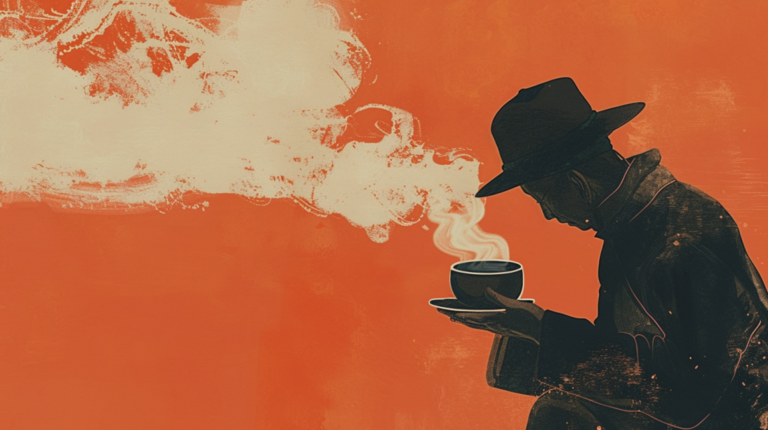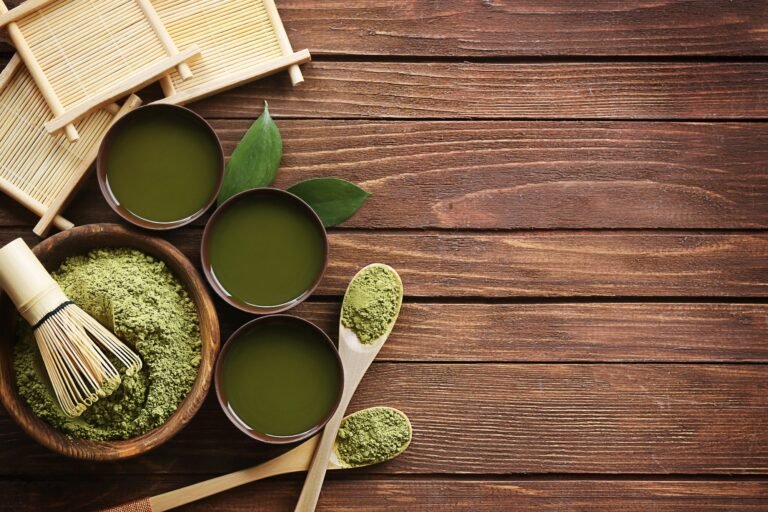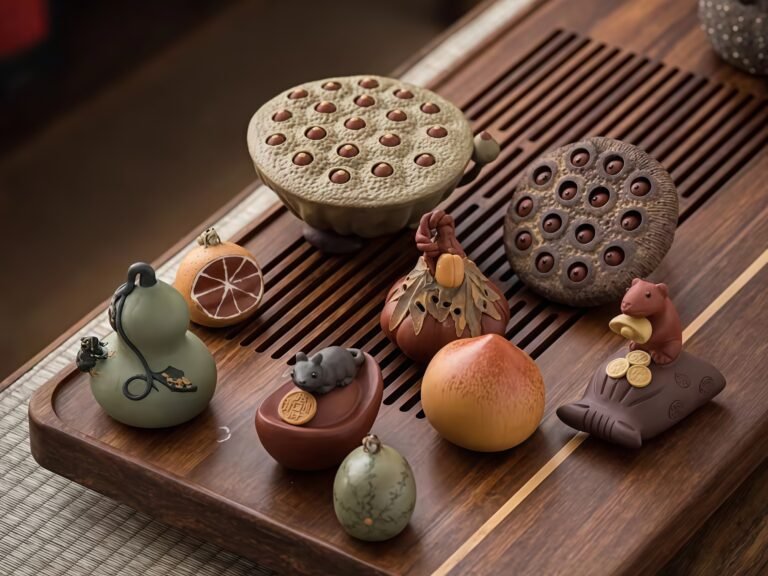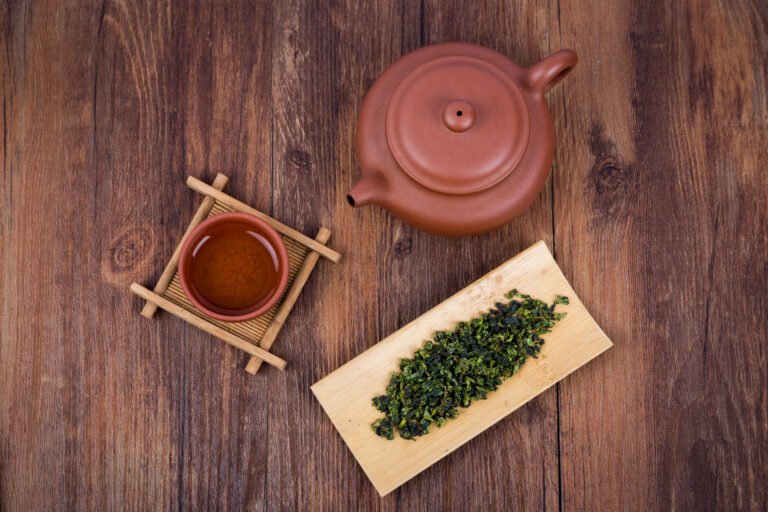Beautiful Plants For Your Interior
About china Tea knowledge
Tea Culture
Differences between Chinese and British Tea Culture
Differences between Chinese and British Tea Culture
- Teavarieties
In China, there are many kinds of tea, such as green tea, black tea, oolong tea, white tea, and yellow tea. Each kind of tea has its own unique flavor and characteristics. In Britain, black tea is the most popular. People usually add milk and sugar to black tea to make it taste more mellow. - Tea drinking methods
In China, people usually drink tea in a refined way. They use tea sets such as teapots and cups to brew tea, and pay attention to the water temperature, brewing time, and tea leaves. In Britain, people usually drink tea with milk and sugar. They use teapots and cups to make tea, and then pour the tea into cups and add milk and sugar. - Tea ceremony
In China, tea ceremony is an important part of tea culture. It emphasizes the harmony between people and nature, and pays attention to the etiquette and art of tea drinking. In Britain, there is also a tea ceremony, but it is more formal and emphasizes the social function of tea drinking.
Reasons for the Differences
- Geographical environment
China is a country with a vast territory and diverse climates. Different regions produce different kinds of tea, which leads to the diversity of Chinese tea culture. Britain is an island country with a mild climate. Black tea is more suitable for the climate and taste of the British people. - Cultural background
Chinese culture emphasizes harmony between people and nature, and pays attention to the inner experience and spiritual pursuit. Tea culture reflects this concept. British culture emphasizes formality and social interaction. Tea ceremony reflects this characteristic. - Historical factors
In the history of tea trade, China was the main producer and exporter of tea. Tea was introduced to Europe through various channels. Different countries and regions have different understandings and preferences for tea, which leads to the differences in tea culture.





